More than any other year, this year the garden trend in design is unanimous. We asked ten leading designers to explain how they are responding to the need for more sustainable and thoughtful garden design, taking into account climate change, benefits to wildlife and our own well-being. It sounds complex but in fact it means a much more relaxed approach to how our gardens look, which is reflected both in what we are asking for and what designers are offering.
Charlotte Harris and Hugo Bugg
Landscape designers
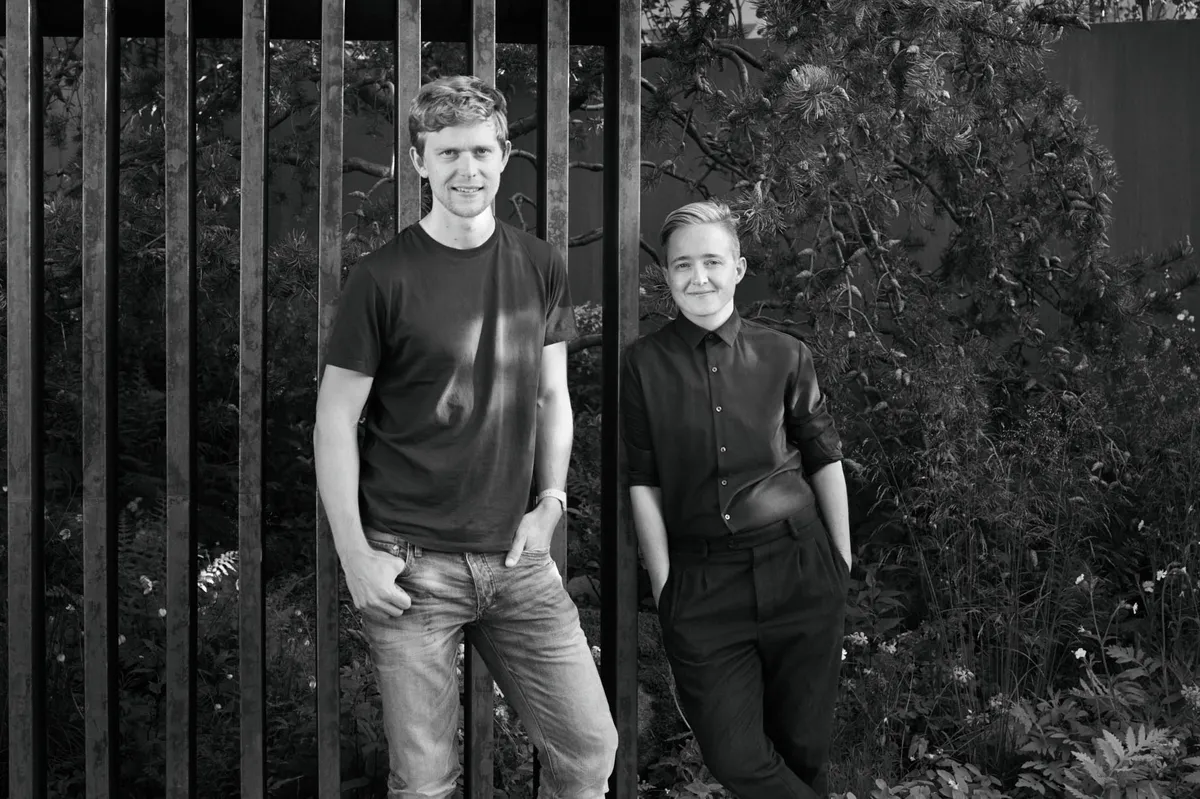
Leaving aside bold systemic change, it is the turbo-charging of responses to climate change on a personal level that is at the heart of trends ahead. For example, the rejection of unsustainable food practices, such as plastic packaging or air freighting, is giving new impetus to the already strong trend of viewing food as connection to growing. The difference is that it’s becoming more diverse and ethno-botanically layered, more open to alternative approaches such as forest gardening for shadier spaces – approaches we are exploring at the Weston Kitchen Garden at RHS Garden Bridgewater.
London will feel like Barcelona by 2050 and Madrid like Marrakech – changes that will happen in our lifetimes. Clients, both public and private, understand the requirement for resilience, resulting in ecologically tuned-in gardens that minimise irrigation and are influenced by plants as communities, rather than individual selections Proposed use of sustainable hard materials – reclaimed, sourced locally, permeable – is becoming increasingly compelling. Discover Charlotte and Hugo's past gardens for RHS Chelsea Flower Show
harrisbugg.com
@harrisbuggstudio
Tom Massey
Garden designer

Organic gardening is something I have been researching for a show garden, sponsored by Yeo Valley, at this year’s RHS Chelsea Flower Show – the show’s first garden designed and grown using organic principles. Yeo Valley has an organic garden at its headquarters in Somerset and seeing how a sustainable, beautiful and wildlife-friendly garden can be managed without the use of chemical pesticides and fertilisers has been really eye opening.
I think this ties into the wider debate around sustainability, and I really do think clients are becoming more aware of this as an issue. For example, I am now being asked if the timber and stone I am proposing is sustainably sourced, or if the plastic pots plants come in can be recycled. I am also noticing a trend for a number of new products coming on to the market such as compostable rice-husk pots, designed to tackle the excessive use of plastic in our industry. As an industry I think there is much more awareness around sustainability in general, and if this becomes a trend then so much the better for all of us. Discover Tom Massey's past gardens for RHS Chelsea Flower Show
tommassey.co.uk
@tommasseyuk
Will Williams
Garden designer
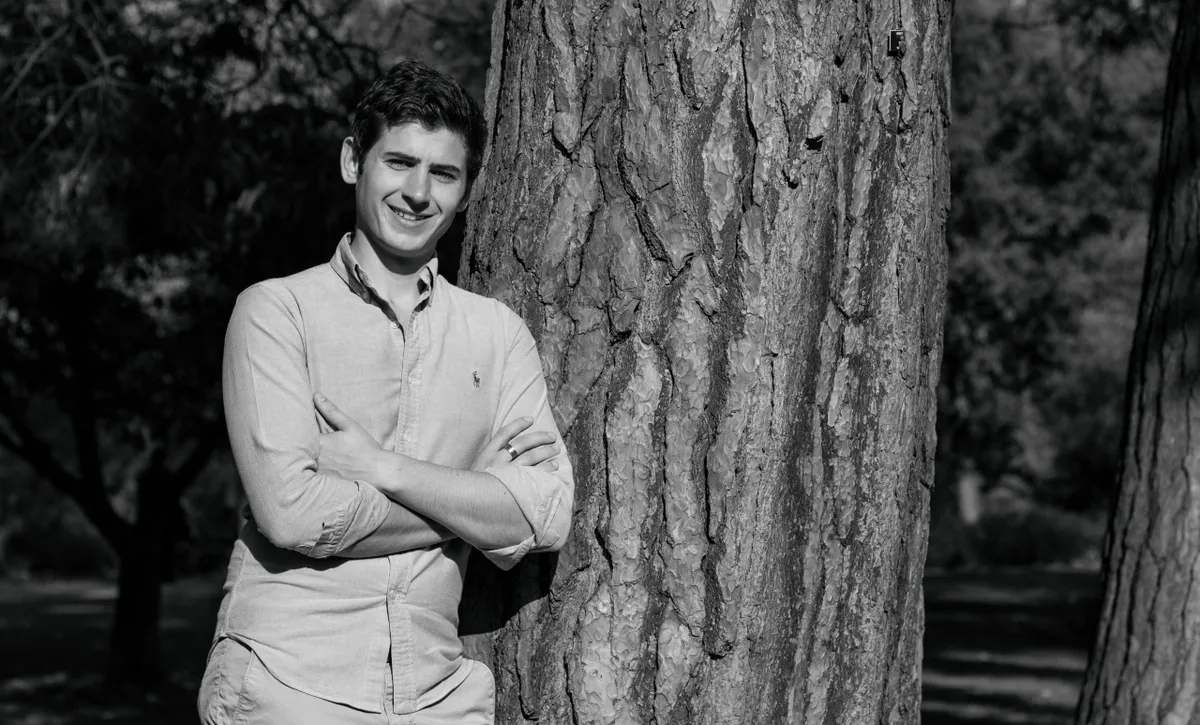
The inspiration and influences in my designs come from everywhere: I could be walking down the road and something will catch my eye. It may just be a small detail like a step, or the architecture and shape of a tree.
Social media has had a big role in foraging for these ideas, it’s a way of being able to view all of these streets, details, trees and other glimpses that people have snapped in a fast, productive way.
However, one thing that is always included in my thoughts is wildlife. I have noticed that my clients are becoming more and more concerned with wildlife and would like to do their bit to encourage creatures into their outdoor space.
willwilliamsgardendesign.com
@willwilliamsgd
Mandy Buckland
Garden designer
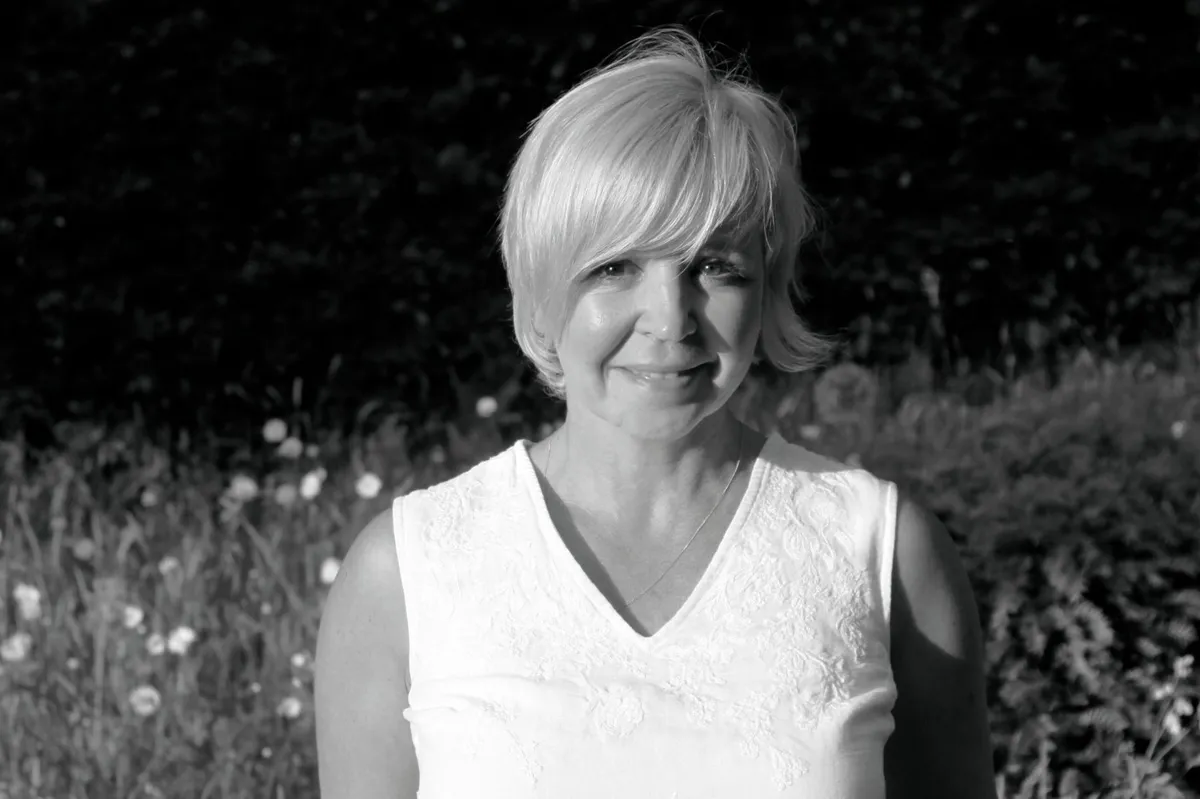
Those with young families are wanting to encourage their children outdoors, prising them away from laptops, tablets and televisions. We have been asked to include and integrate outdoor play, and have included blackboards, sunken and hidden sand pits, swings, hammocks, balance beams, mini wildlife ponds and climbing frames. We tend to design them as integral to the layout, repeating the material use or colour; creating fun areas for all the family.
We are seeing more clients who want to help nature. Climate change and the effects on our wildlife are frequently discussed as part of a brief. We have been asked to include, or have suggested including, meadow areas, native hedging, gaps in fences for hedgehog movement and of course nectar-rich planting.
Clients are also asking for a ‘green oasis’ with a yoga retreat, or a sanctuary, as part of a garden’s design. There’s a definite mood change to a wilder, rugged, relaxed look rather than neat topiary and perfect stripy lawns with overly stocked borders.
As a designer, I am constantly combing through brochures, suppliers websites, social media and magazines for inspirational materials in response to clients’ requests for features within landscaped areas. Outdoor ceramic tiles, for example, are currently popular as a way of offering pattern, contrast and textural change. These are a move away from regular formatted paving, creating an outdoor room, much the same as a dining and living room in the house.
greencubelandscapes.co.uk
@greencube_design
Kate Gould
Garden designer
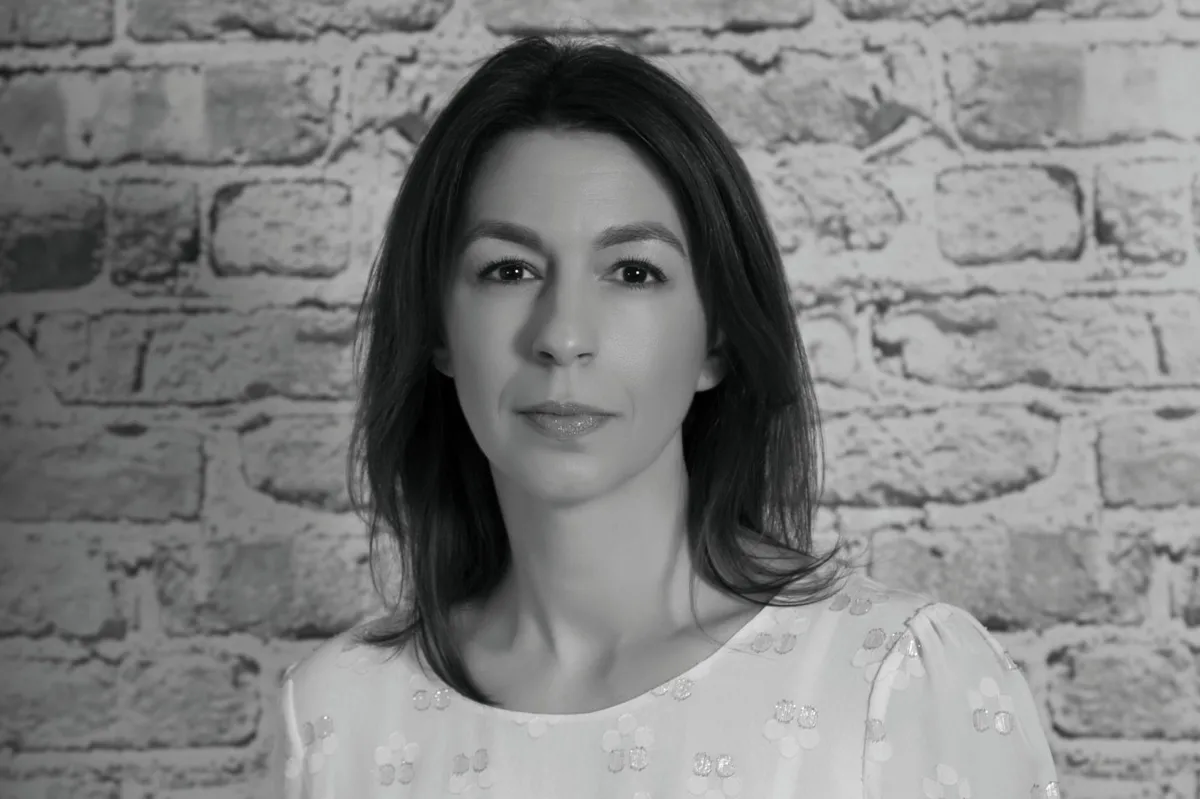
Gardening is generally not a slavish follower of fashion but of course there are always trends to try and, as a tool for communication, the social media revolution has been bringing design to the fingertips of everyone with a smart phone for several years now. Apps such as Instagram and Pinterest are wonderful for offering the glossy ideal but, perhaps now
with so many homes having large visual connections to their gardens through huge windows and bi-fold doors it is so important for a garden to be dressed all year round and not just in the particular moment of the social media image.
Good planning and a strong backbone of plants providing interest all year has always been the core of any good design but with clients becoming more concerned about the warming of our planet and wanting to connect with their gardens as a method of de-stressing from the rigours of work, it is vital that their gardens deliver on many fronts, including an environmental one. We live in a throw-away age, which hopefully is changing for the better as we re-learn to be less wasteful. Our landscapes of old were never built and planted to be throw away; plants are not cushions or wallpaper and do not need changing with fads and trends and if stone is quarried from a landscape then it should be laid to stand the test of time. I think that slowly we are coming back around to this. It won’t be a fast revolution, but it might make a small difference to our planet… who would have thought that gardening might help change the world.
kategouldgardens.com
@kategouldgardens
Alison Jenkins
Landscape designer
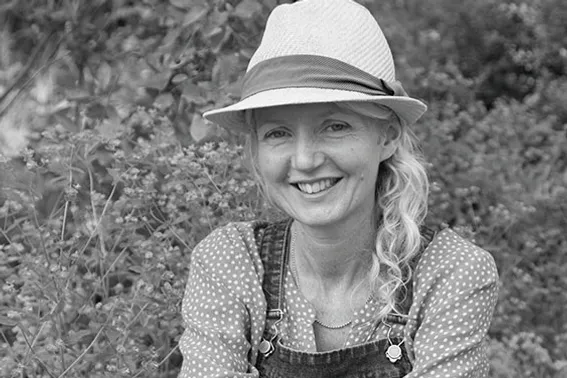
As designers and gardeners we’re in a unique position to help people connect with the processes of nature. Now more than ever we need to dig deeply into why we garden, and crucially, how we garden. Tuning into our environment can teach us the value of slowing down, which may lead to us having conversations with clients about appreciating the joy of watching a locally grown tree grow over time, instead of the instant impact offered by imported specimens.
I’d like to see the holistic principles of permaculture influencing mainstream gardens to show they can be productive as well as ornamental. Soil health is a huge issue as is the politics of food production. The rise of plant-based diets will surely lead to more interest in growing our own and being more experimental about what we grow and how we can use it, whether it be for food, medicine, dyes or beauty alone.
alisonjenkins.co.uk
@alisonjenkinslandscapes
Andrèe Davies and Adam White
Landscape architects
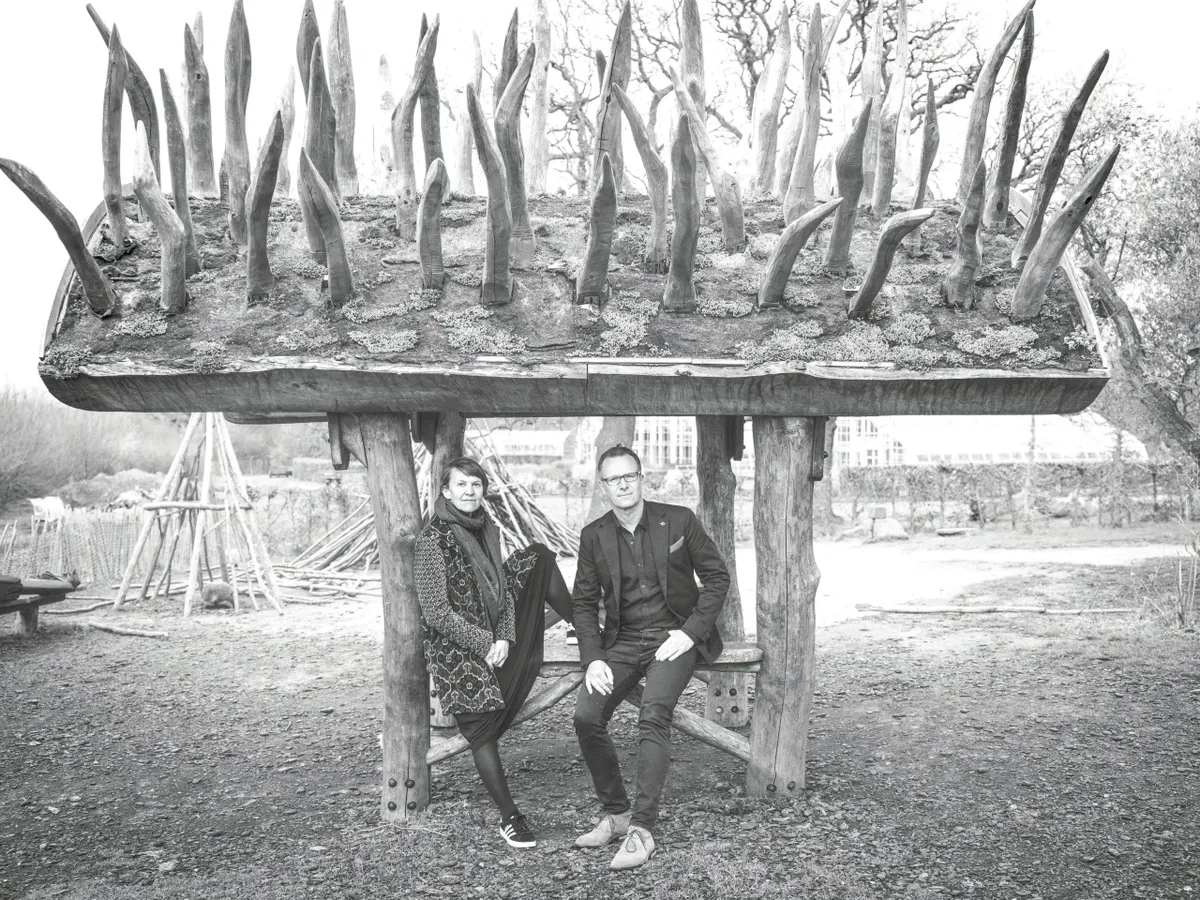
Encouraging children to spend time outdoors remains central to our work. Research continues to evidence the healing power of immersion in nature; good for both physical and mental well-being. Children also need the opportunity to challenge themselves and take reasonable risks in order to learn and develop, so we collaborate with clients who share our ambition to get children outdoors and active. We are increasingly putting nature at the heart of our work, with plants and planting design taking centre stage.
The unity of man and nature is becoming ever more urgent; public-realm design professionals are well placed to demonstrate how nature can and should be part of our everyday life experience.
Inclusivity is another essential ingredient; creating a welcoming atmosphere for all and a place that encourages people to engage with each other and the natural world, is important in building stronger communities and a healthy planet.
davieswhite.co.uk
@davies_white
Marian Boswall
Landscape architect
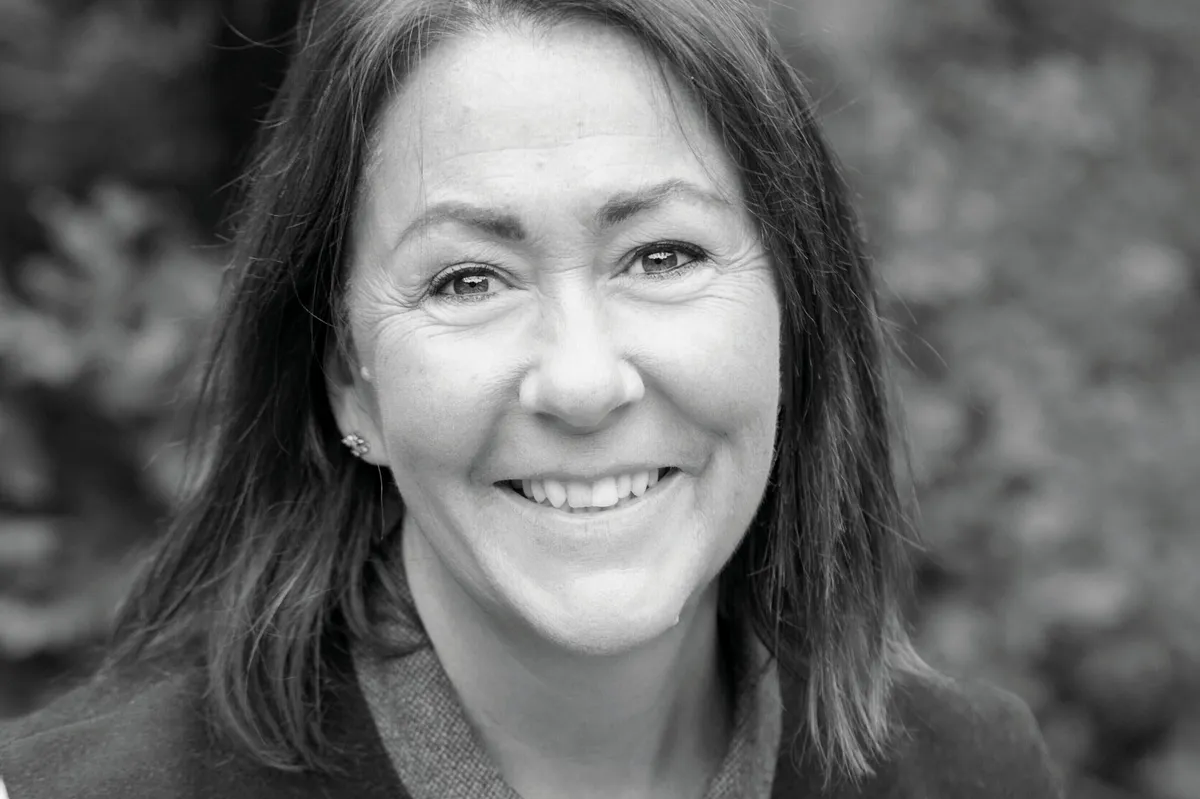
Rising awareness of our ecological impact is making it easier for landscape architects to integrate sustainable principles in our designs as clients understand the need. From managing woodlands with coppice for biomass, and lakes for water-source heat in estate masterplans, to solar power and rainwater harvesting in smaller gardens.
We are using materials that are up-cycled or can be reused, or left to age gracefully wabi-sabi style. We have seen a shift to recycling buildings as well and have worked on a farmstead converted to a biodynamic winery and boutique hotel, and a large waterfront arts centre with outdoor grass amphitheatre created from old boat warehouses.
We are designing labyrinths and mindful moments in our gardens and see a need for spiritual retreat sitting alongside a renewed hopefulness being expressed in forest gardens, and community health schemes.
marianboswall.com
@marianboswalllandscapes
Helen Elks-Smith
Garden designer
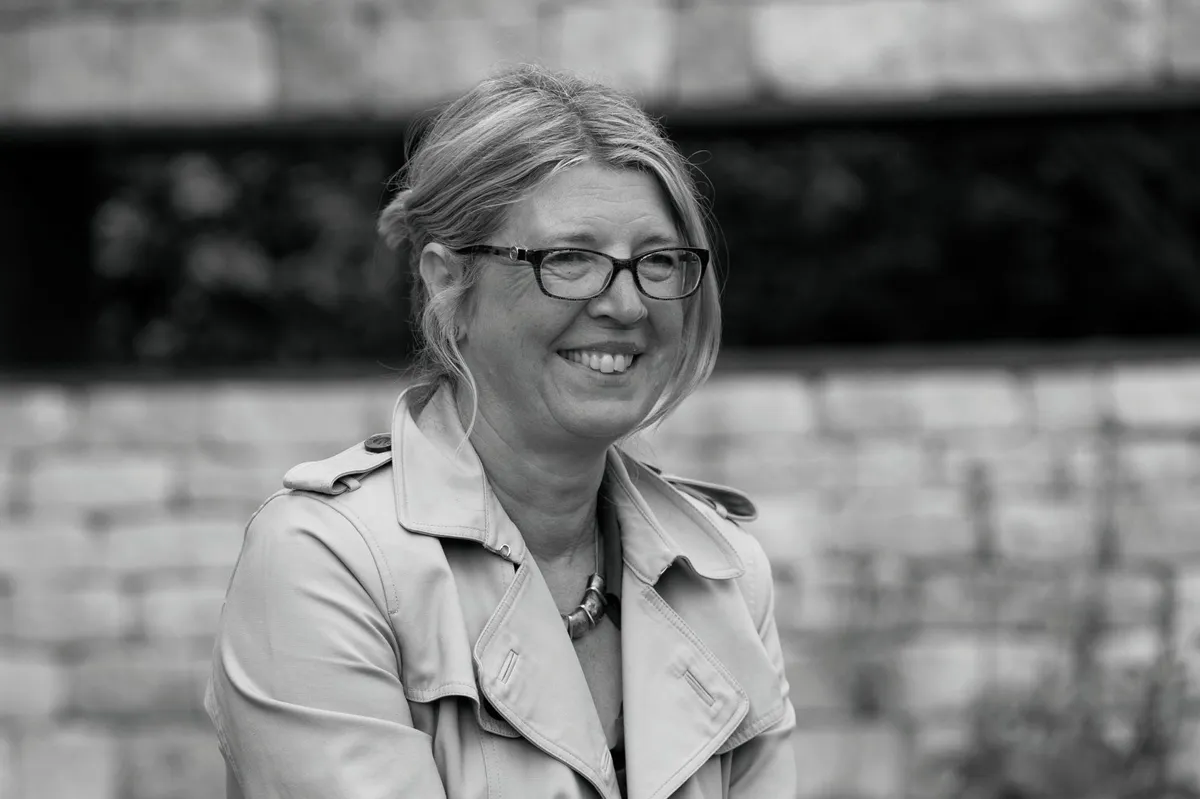
Design trends in the garden tend to move on fairly long cycles, reflecting the role time plays in the development of a garden, but over the past few years we have seen an ever-increasing interest in, and understanding of, the importance of biophilic design [the way in which design can actively increase a connectivity to the natural world]. There is demand for more joined-up thinking in the built environment with the landscape a key foundation rather than a secondary consideration. As our environmental concerns grow, I expect this to continue apace.
The positive impact of ‘green’ on our health and well-being is increasingly understood. Materials have been changing for some time now, with a move away from stark, pale uniformity to greater texture and depth. We see an increased interest in using UK-sourced stone. Such stone can be worked in different ways and this is reflected in the vernacular of stone walls and paving, anchoring the resultant scheme into its surrounding.
elks-smith.co.uk
@elkssmith
Kristian Reay
Landscape architect, RHS Young Designer of the Year 2019
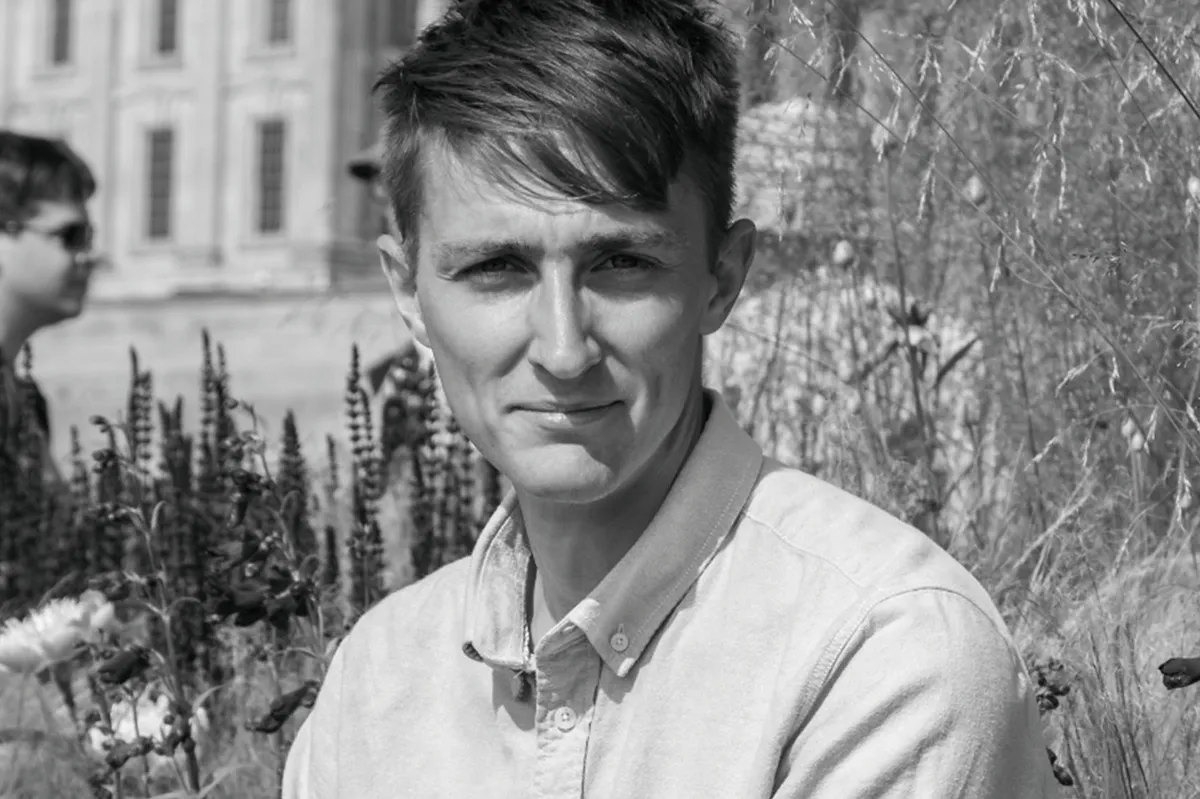
If 2019 was the year that environmentalism became mainstream, then 2020 will be the year that climate change becomes a core driver for all the projects that we work on.
Looking at the gardens that will feature at RHS Chelsea Flower Show this year we can already see the transition from an aesthetics-led show towards the narrative of a more holistic design process, with many of the gardens tackling issues such as plant selection and water usage, sustainable material sourcing, product life cycle and carbon footprint, as well as single-use plastics within the supply chain.
As society becomes more aware of these issues, we must help to foster a culture of environmental stewardship, challenging preconceptions and educating our clients on how they can affect change through their own actions. The role of designers then, is to present this message not as a sacrifice, a return to a romantic past, not as a radical alternative lifestyle, but as the next logical step forward, integrated with people’s aspirations and desire for beautifully designed green spaces.
kristianreay.uk
@kristian_reay
